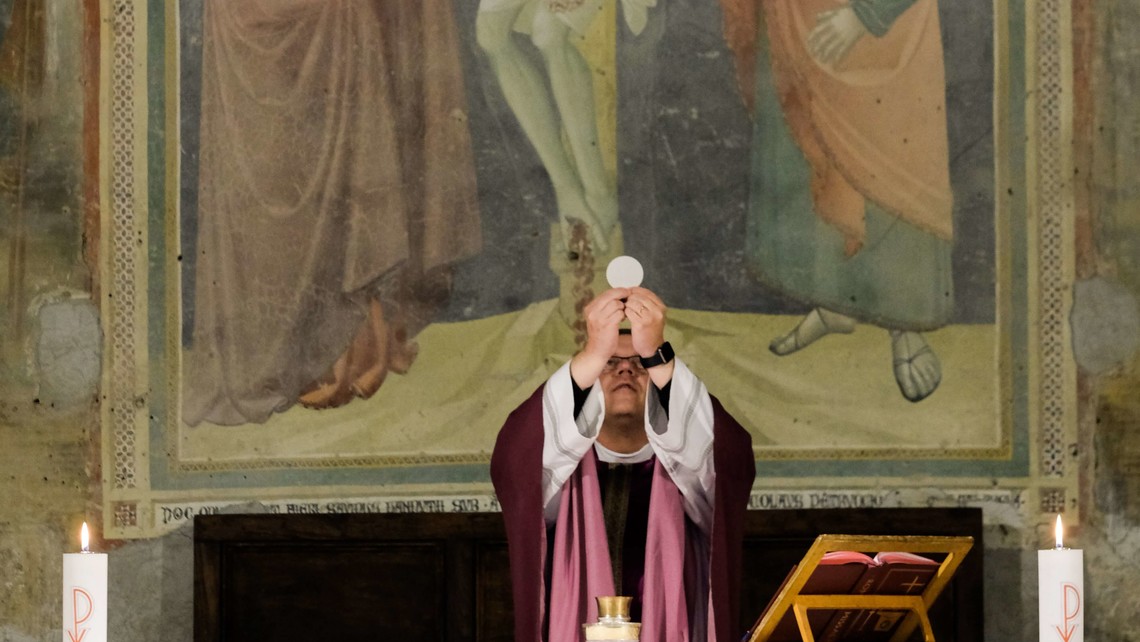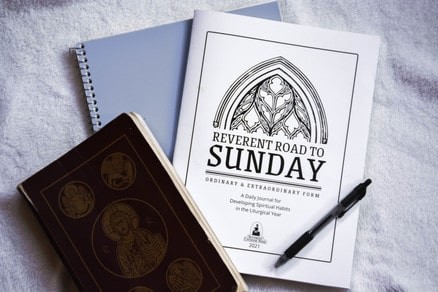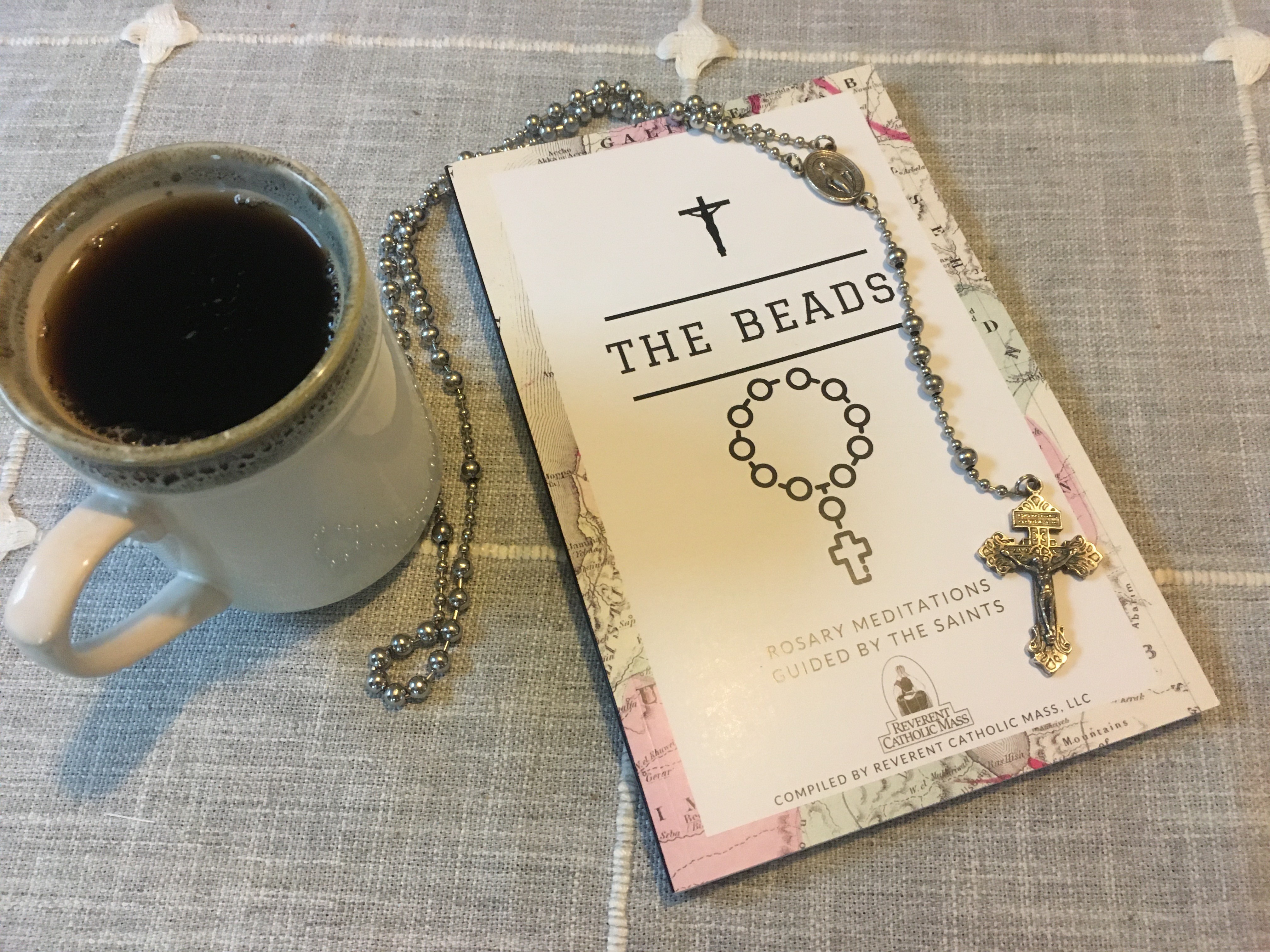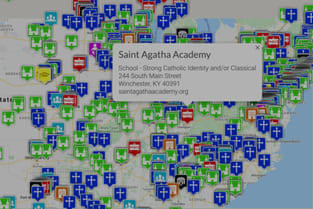
A Short and Sound Rundown of the Latin Novus Ordo
Do you wonder why Latin is such a big deal at Catholic Mass? This should answer your questions with a short but sound rundown of the Latin Novus Ordo
Driving past farms, rolling hills, and wide-open country on the back roads of Virginia really helped me feel free from the chains of the everyday constant barrage of bad news pouring out at high volume from the internet.
After taking a left turn at the old country store my phone beeped with a text message from an old friend from grade school. “Did you hear what the Pope just did?”
My heart sank.
I pulled over and checked my go-to Catholic News sights and read the headline, “Pope Francis severely restricts the Traditional Latin Mass.”
It took a few weeks to recover from the devastating news and so far, at least in the United States, things are not too bad yet.
A few weeks later I was reading an article posted by Fr. John De Celles on why he offers the Novus Ordo (New Mass) with so much Latin and why Latin is important. With his permission he let me repost his article.
Latin Novus Ordo
During the Summer, our parish has lots of visitors as well as new parishioners just moving into the area. These folks are usually very complimentary about our liturgies, but also inevitably ask, “why do you do it that way?” So I thought that I would review the reasons for some of our “different” practices. Today I will talk about the use of Latin at Mass.
Before I begin, let me say that the fundamental reason behind all these practices is to encourage and revive reverence and the sense of the sacred at Mass. Consider that surveys suggest that over 70% of Catholics DO NOT believe that the Eucharist is truly the Body and Blood of Jesus, but just a symbol. We have to change that, and not just by saying, "It is really Jesus.", but by acting like we really believe that the Eucharist is Jesus, and the Sacrifice of the Cross, made present to us. We have to act “different.”
Related: 6 Ways to Personally Have More Reverence in Church and at Mass
History of the Latin Novus Ordo
In 1963, when the bishops at the Second Vatican Council (“Vatican II”) issued their instructions on the reform of the liturgy, they did not, as most people think, forbid or otherwise discourage the use of Latin at Mass. In fact, the opposite is true: they decreed that while the vernacular (e.g., English) could be allowed for few parts of the Mass, Latin would remain the language of the Mass:
“The use of the Latin language...is to be preserved in the Latin rites...A suitable place may be allotted to the vernacular in Masses.... Nevertheless care must be taken to ensure that the faithful may also be able to say or sing together in Latin those parts of the Ordinary of the Mass which pertain to them.” (Sacrosanctum Concilium, 36 and 34, December 4, 1963).
Seeing that the Council’s instruction was largely being ignored, in 1974 Pope Paul sent all the bishops of the world a booklet of the Latin chants of Mass parts that clearly “pertain” to the faithful, and encouraged the bishops to put them to use.
“This was done in response to a desire which the Holy Father had frequently expressed, that all the faithful should know at least some Latin Gregorian chants, such as, for example, the "Gloria", the "Credo", the "Sanctus", and the "Agnus Dei". ...[W]hen the faithful gather together for prayer ... their unity finds particularly apt and even sensible expression through the use of Latin Gregorian chant.” (Voluntati Obsequens, Sacred Congregation for Divine Worship, 1974).
Related: What Eveyone Should Know About Ad Orientem Worship
Modern Times and the Latin Novus Ordo
Sadly, these instructions continued to be ignored. So, in revising the Roman Missal in 2000, Pope St. John Paul II added a specific norm, or law, to it:
“No Catholic would now deny the lawfulness and efficacy of a sacred rite celebrated in Latin... Gregorian chant should hold a privileged place...It is desirable that they [the faithful] know how to sing at least some parts of the Ordinary of the Mass in Latin...” (2000 General Instruction of the Roman Missal, 12 and 41).
Pope Benedict XVI was also well known for advocacy of Latin at Mass.
Related: 6 Ways to Personally Have More Reverence in Church and at Mass
Why the Church Uses Latin: A Dramtic Sign of Communion
At the Last Supper, as he instituted the Eucharist, Jesus repeatedly prayed for unity between Him, His Father, His apostles and all His disciples. And the Eucharist He gave us that night expresses and brings about this unity/communion: that’s why we call it “Holy Communion.”
The Mass continuously and unceasingly reflects and expresses this communion. On any given Sunday, at Masses throughout the world all Catholics see the same types of vestments, say the same prayers, read the same readings, and kneel, sit and stand at the same times. All this expresses our communion, and not just with Catholics today, but also with all those Catholics who lived over the last 15 centuries, including almost all the great saints we love and cherish, and so many of our beloved ancestors. Because they also used the same vestments, prayers and gestures we do.
Strange though, that in the midst of all this “sameness” we nevertheless speak different languages. But that’s not the way it was for so many centuries: wherever you were in the world, you could go to Mass and speak the same language as at your home parish. Latin is a sign of the same unity and communion that permeates the rest of the Mass, a fundamental sign because it is the most important way we communicate with each other. In short, Latin is a dramatic expression of Eucharistic Communion.
A Dramatic Sign of the Sacred Mysteries.
Even so, while Latin is the “common language” of most of Catholicism, it is not the language in everyday use. But because of that, Latin helps remind us that the Mass is not an everyday event, but rather an eternal mystery defying time and space. Latin, especially as the language of centuries and centuries of Masses offered by so many saints, has the ability to lift us out of the “everyday” and the “today,” into eternity, past, present and future without end. To take us out of the mundanity of the world, and move us to the sacredness of heaven. And so, for example, it makes great sense to sing the song of the angels in heaven (Isaiah 6:3 and Revelation 4:8), “Holy, Holy, Holy...,” in the sacred language of so many saints, “Sanctus, Sanctus, Sanctus...”
It is true that our unfamiliarity with Latin can be perceived by some as a sort of barrier that hides the liturgy. To the extent that is true, the “hiddenness” need not be a bad thing. Think about it: because of the radical Holiness of God, only Moses was allowed to go into the Tent of the Lord, and only the priest was allowed to go into the Holy of Holies in the Temple. While most of the Mass is not hidden from the people, some aspects of “hiddenness” are still very important to our experience of the Sacred at Mass.
Related: What Eveyone Should Know About Ad Orientem Worship
Most importantly, Our Lord Himself is, in a certain sense, hidden from us under the veil of the appearance of bread. This hiddenness also is found in the silent prayers of the priest, and even in the chanting of the choir, wherein the sacred is hidden, but not to be kept from us, but to draw us into it. The “veil” acts not so much to hide what is holy, but to “set it apart.” It draws our attention to what is apparently hidden, and enables us to see, hear and say something beyond what we would normally do. So that through faith, we can pierce the veils of appearances, silence and chant, and truly see, speak to and hear from the Lord. And pierce the veil of Latin and join the Church throughout the world and throughout the centuries in singing the praises of the Most High God.
Thanks. I hope this is helpful as an introduction or reminder to all of you. I have to say I've been very happy with the generous response to my efforts to re-introduce these ancient yet very Catholic practices. Even those who do not necessarily prefer these changes, most have been not simply tolerant but appreciative of my intentions to try to encourage increased reverence and appreciation of the sacred. God bless you all.
If you are curious of what a beautful Reverent Latin Novus Ordo looks like, then check out St. John Cantius online!
PAX,
Tony
Reposted with permission from Fr. John De Celles - St. Raymond of Penafort in Springfield, VA - Bulletin July 11, 2021



